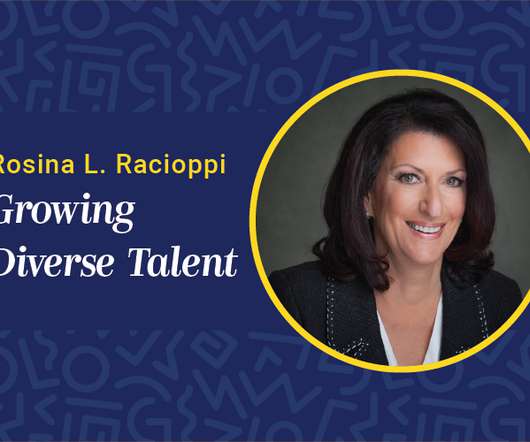It’s Time to Rethink the Value of Training and Development
CLO Magazine
AUGUST 15, 2018
Level 2: Learning – The degree to which employees acquire the intended knowledge, skills, attitude, confidence and commitment based on their training participation. Level 3: Behavior – The degree to which employees apply what they learned during training when they return to their work. Prioritizing Correlation, Not Causation.
































Let's personalize your content